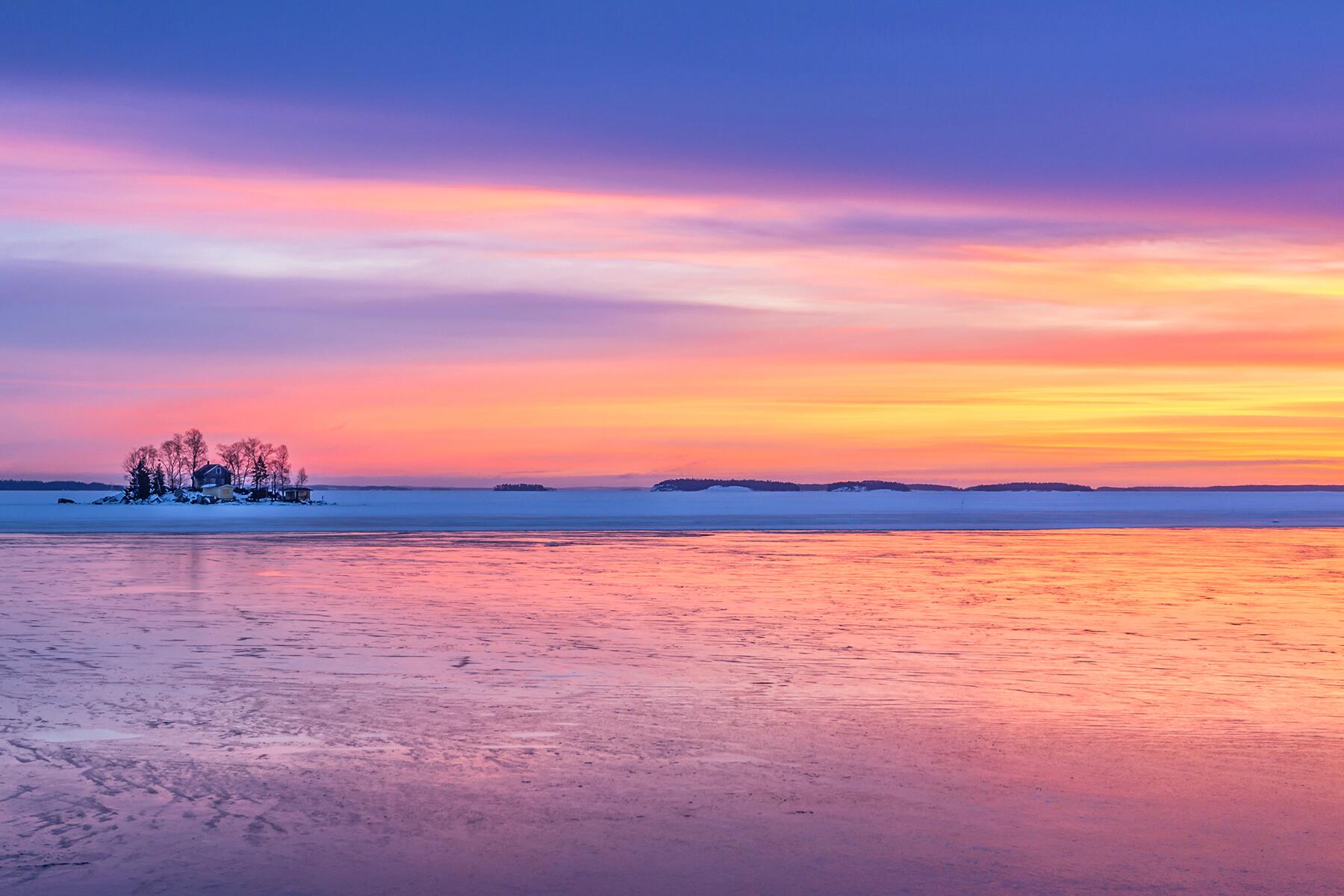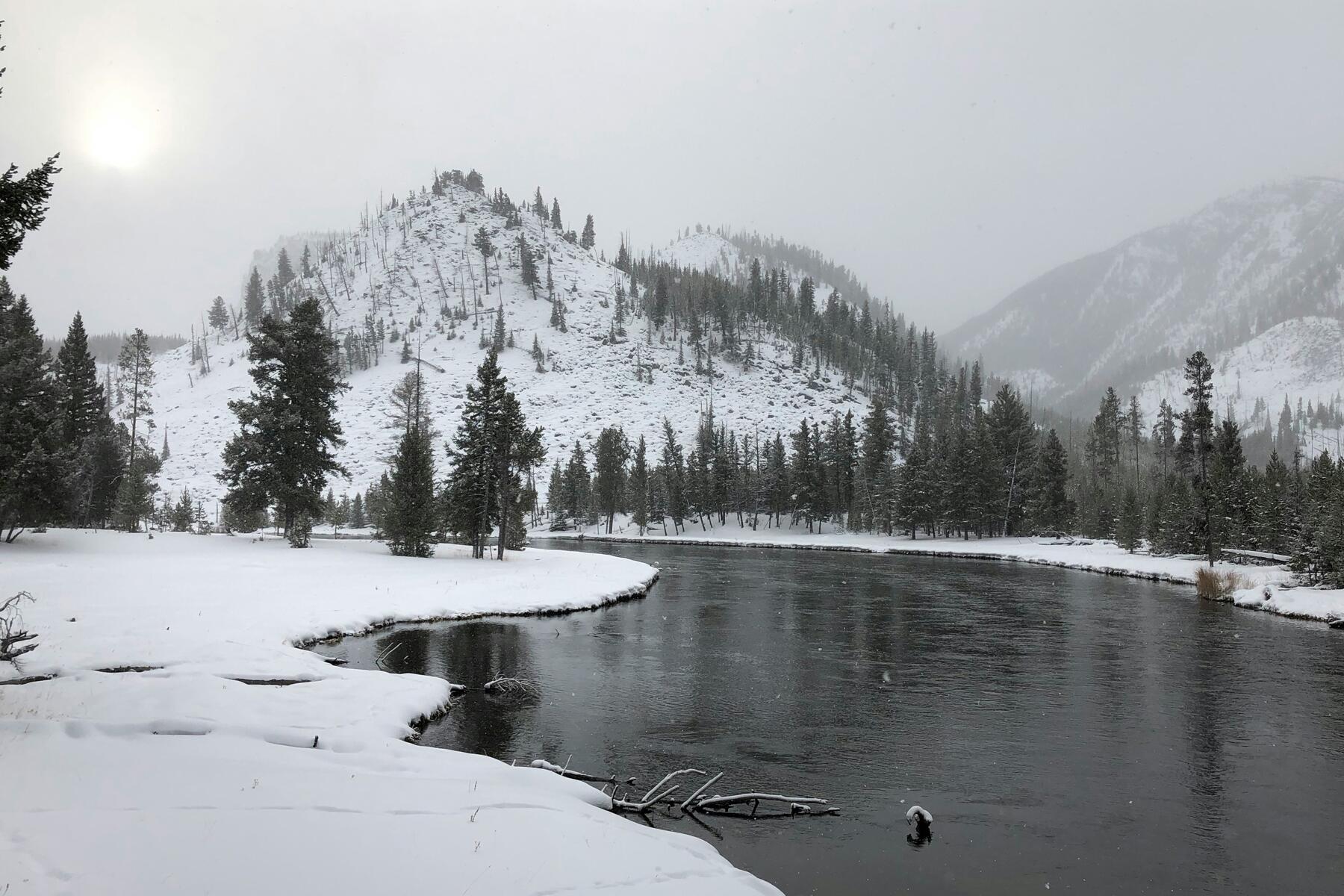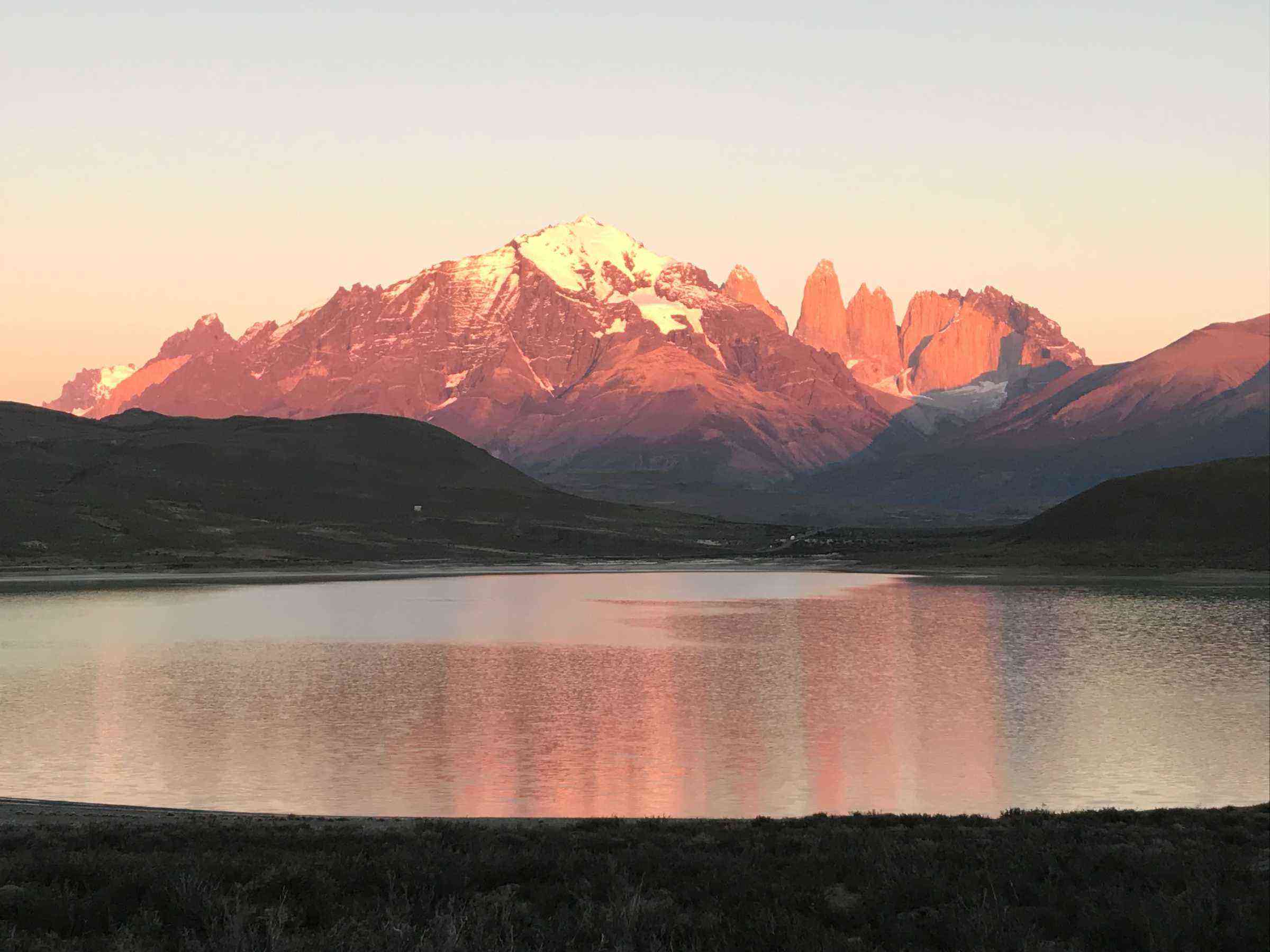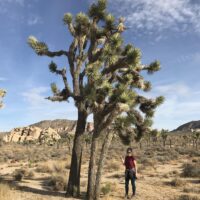I knew this remote part of Chile would be incredible, but I couldn't foresee the surprises in store.
At the end of the world lies Patagonia, a swath of land that stretches across Chile and Argentina from Pacific to Atlantic. Six national parks within Patagonia include mountains, steppes, glaciers, ice fields, forests, lakes, rivers, countless endemic flora and fauna, and very, very few people. The sightings are as unique as the landscape.
Top Picks for You
Comments are Closed.
0
Comments





